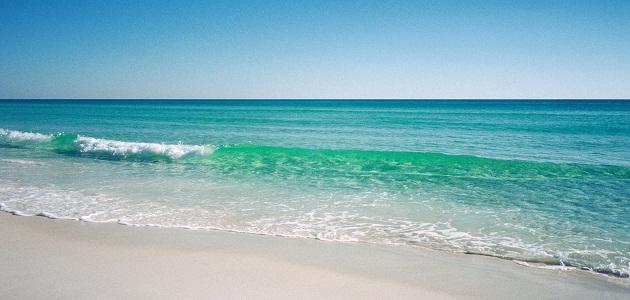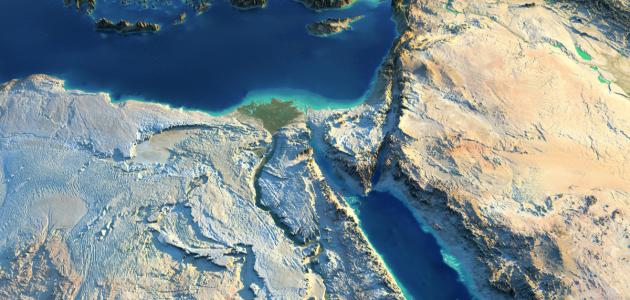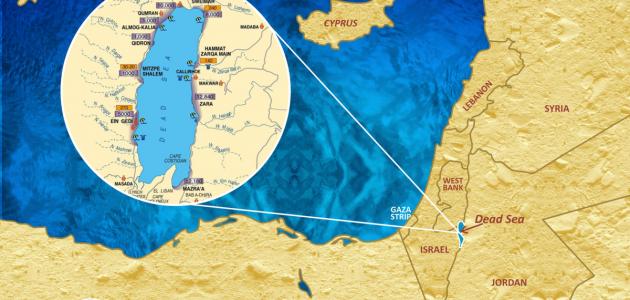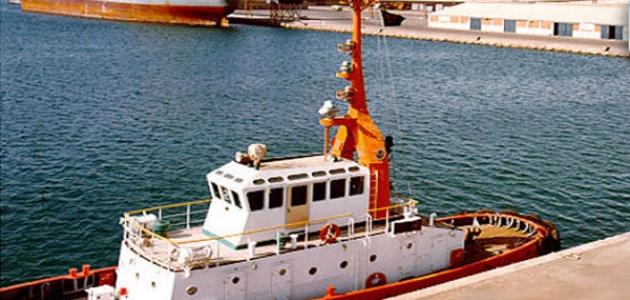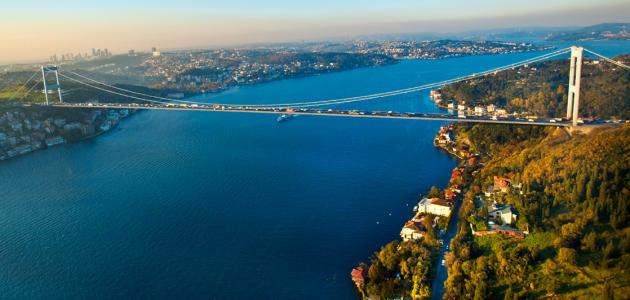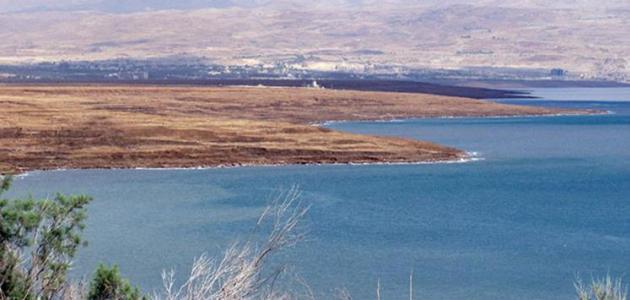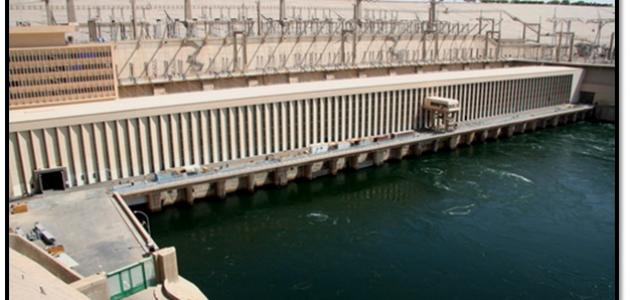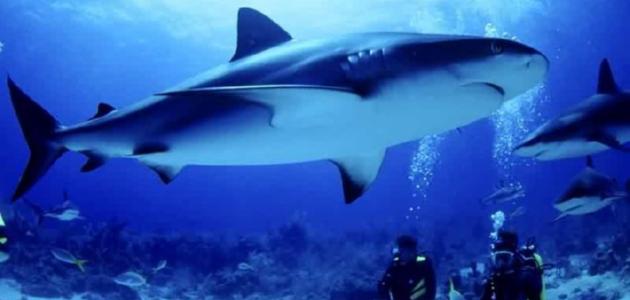Reverse osmosis
Pressure is used in the reverse osmosis process to push the water solution through a permeable membrane. This membrane prevents large dissolved molecules, such as salt, from passing through it, and the reverse osmosis process consumes less energy compared to other large processes. One of the obstacles to this process is that the membranes in it are currently exposed during their use to the accumulation of many bacteria on them, which may lead to their blockage, despite It has become more effective over time, and these membranes are damaged when chlorine is used in them to treat bacteria. Other problems in this process include the quality of the water that results from it, in addition to the pre-treatment process required by salt water.
Electrical separation
Seawater is desalinated by using electric current to separate water from salt; The current pushes the ions through a selectively permeable membrane, carrying with it the salt ions that have been separated. The most important advantage of this method is that the amount of energy required depends on the amount of salt present in the water at the beginning of the process. It is considered a suitable process for desalinating water in which the salt concentration is initial. But it also consumes a lot of energy to desalinate seawater.
Rapid multi-stage distillation
The rapid multistage flash distillation process uses heat to be able to desalinate seawater, and it is called the rapid distillation process in relation to the speed of boiling of water, which occurs in several stages, or several times. When salt water is introduced to each stage of the conversion, it is exposed to steam heat and pressure added from external sources, and the water vapor that is formed during each stage is collected, and this water vapor is fresh water, and the remaining salt center is known as “brine”. Chemicals or water softening agents are usually not added.
Read also:What is the bride of the red sea?Multi-effect distillation
Multi-effect distillation is similar to rapid multi-stage distillation; The process of evaporating water takes place through several chambers, and the pressure in each chamber gradually decreases from the chamber that precedes it, and the steam that forms in one chamber condenses in the next chamber, so that the heat released by the condensation is used as a heating source. This process is accomplished by spraying the feed water. On a set of tubes above each chamber, water vapor is added to the first chamber from an external source, then the feed water evaporates because it absorbs heat from the steam, so the steam produced in the first chamber enters through a pipe to the second chamber, in which the pressure is lower, and the resulting heat Condensation causes the feed water in the second chamber to partially evaporate, then this process is repeated in the following chambers, so that the water vapor condenses, turning into fresh water inside the pipe and then being pumped out.
Forward osmosis
Forward osmosis uses the naturally occurring osmotic process, in which molecules of a substance move from an area of low concentration to an area of high concentration. This process requires about half the cost of reverse osmosis. Because it consumes less energy to complete the process; The seawater solution moves through a semi-permeable membrane towards the highly concentrated ammonia salt solution, leaving behind the sea salts on the other side of the membrane. The solution is then heated until the ammonia salt evaporates, and this salt can be reused for other purposes. The biggest problem with this process is that it It is still a new technology for large-scale water desalination and has great potential. It needs funding and research to explore its potential, what aspects need improvement, and what can be done to reduce energy costs.
Read also:The Red Sea Bride